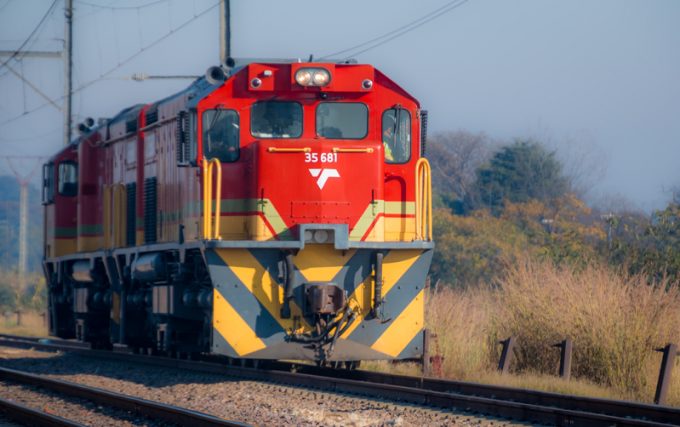'Market engagement' is key to reviving South Africa's flagging logistics
South Africa has propelled efforts to promote private sector participation (PSP) in its flagging port, ...

Transnet’s rail reform proposal is on the right track, but in its current form it likely won’t reach its intended destination.
Background
South Africa has long struggled with archaic supply chain operations that have meant delays, backlogs and congestion across its ports and rail network are ...
MSC switches two more Asia-Europe port calls from congested Antwerp
CMA airline returns two freighters, while ANA takeover of NCA looms
Front-loading frenzy has made traditional H2 peak season 'unlikely'
Tradelanes: Export boom in Indian sub-continent triggers rise in airfreight rates
Carriers introduce surcharges as congestion builds at African ports
Mexican airport modernisation plan unlikely to boost cargo facilities
Ports and supply chain operators weigh in on funding for CPB
Box ship overcapacity threat from carrier appetite for new tonnage

Comment on this article